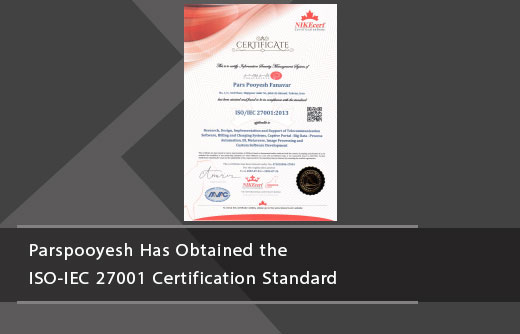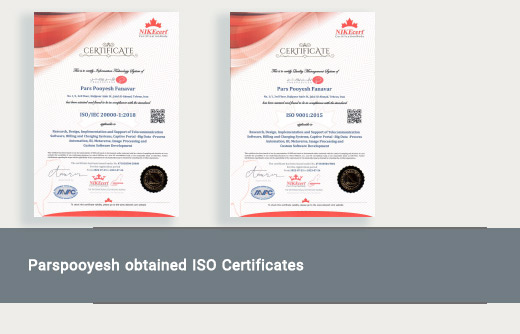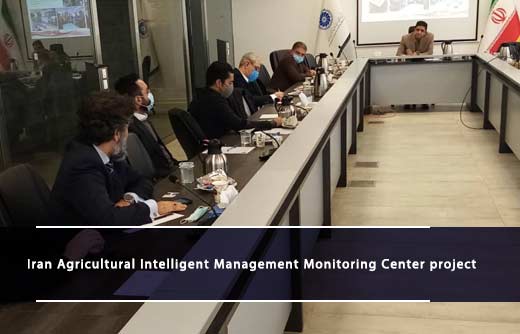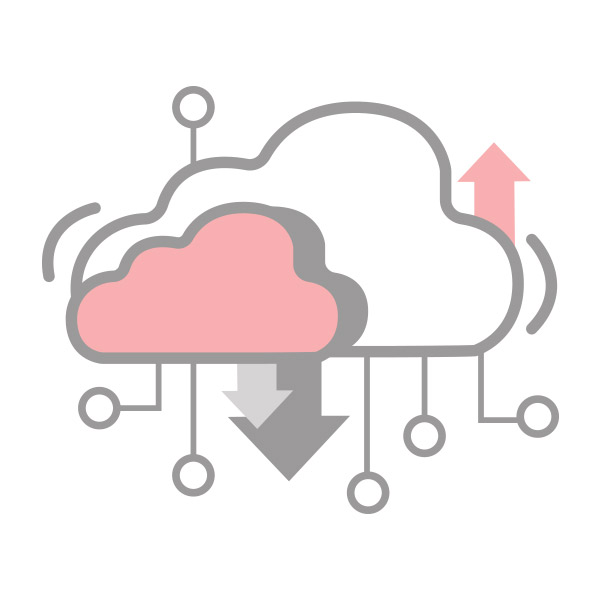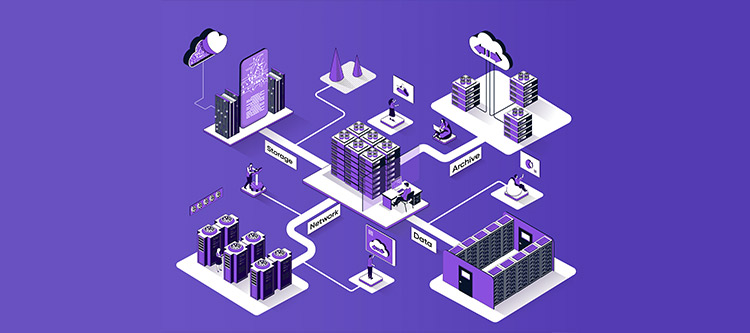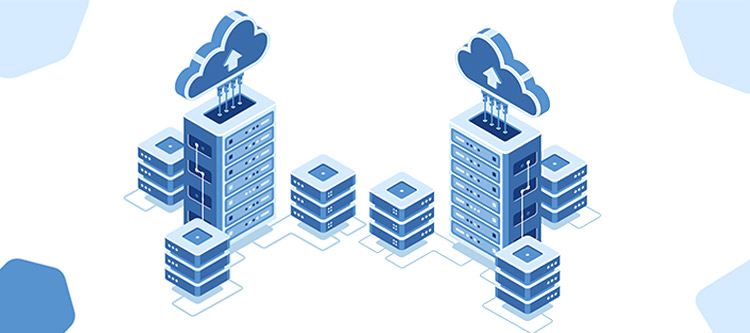Although data center migration can be challenging, it can bring many benefits, and problems can be avoided by developing the right strategy, using the right tools, and professional services. The migration of data centers to the cloud provides an excellent opportunity to review and improve its IT architecture. This affects critical business areas, such as reducing investment and running costs, improving scalability and flexibility, implementing digital transformations, and achieving higher security.
Common Challenges of Data Center Migration
For having a seamless and successful migration to the cloud, businesses need to be aware of the complexities and potential risks associated with it. These complexities and risks are manageable, and organizations can create an optimal environment for the migration project, can provide a suitable environment for business transformation.
Lack of Understanding of Workload
Cloud platforms are known for flexibility and service-oriented resources. For cloud deployment to be successful, organizations need to be aware of performance, compatibility, performance requirements (such as hardware, software, and IOPS), software requirements, and changes in their workload. Teams need to work on the cloud service to best match the needs of the business.
Lack of Understanding of Licensing
Cloud markets allow businesses to quickly "rent" software hourly. Although the ease of doing this may seem daunting, you should keep in mind that this is not the only option available. Some vendors do not offer licensing dynamics for all applications outside of the operating system (OS), and companies should use existing relationships with licensing brokers. If a business intends to migrate to the cloud, it does not necessarily mean abandoning existing licensing channels. Organizations need to make the right and informed choices, familiarize themselves with the required licenses, and thus maximize the ROI.
Not Looking for Opportunities to Incorporate PaaS
Platform as a Service (PaaS) is a cloud computing model. A cloud service provider provides users with hardware and software tools over the Internet instead of using the Infrastructure as a Service (IaaS) model. The PaaS provider can summarize servers, networks, storage systems, operating system software, databases, and development tools in one platform. This increases the teams' efficiency and enables them to focus better on their plans. In addition, PaaS customers can quickly and cheaply create an IaaS environment in their application to evaluate applications and develop them. Instead of rewriting their network settings and operating environments, businesses should consider what parts they can use as a trump card for PaaS.
Lack of Readiness for Cloud Migration
Building a data center is considered an important event, usually accompanied by another important business event. If an organization wants to migrate to an on-premises data center, it faces problems. In contrast, migrating to the cloud usually does not cause any disruption to business and is not a challenging change. As a result, it will not need to stop its business when a company decides to do it. Therefore, an essential part of the success of cloud migration is the design of the entire migration process as something that can be implemented in line with other changes in IT. Executive teams often learn cloud deployment techniques months before moving their systems to the cloud. By doing this, the teams are well prepared and turn cloud migration into a very smooth operation. Integrating cloud migration events with other changes ensures the company's ability to achieve maximum success.
Test and Run the Cloud Environment Like a Traditional Data Center
How to work with cloud environments is different from traditional data centers. Many organizations suffer damages by ignoring it and may even be destroyed. For example, migrating to the cloud should not include traditional data center services such as air conditioning, power supply, physical security, and more. This sounds simple and obvious, but it will be difficult to change the ingrained mindsets and processes if a business is accustomed to specific ways.

